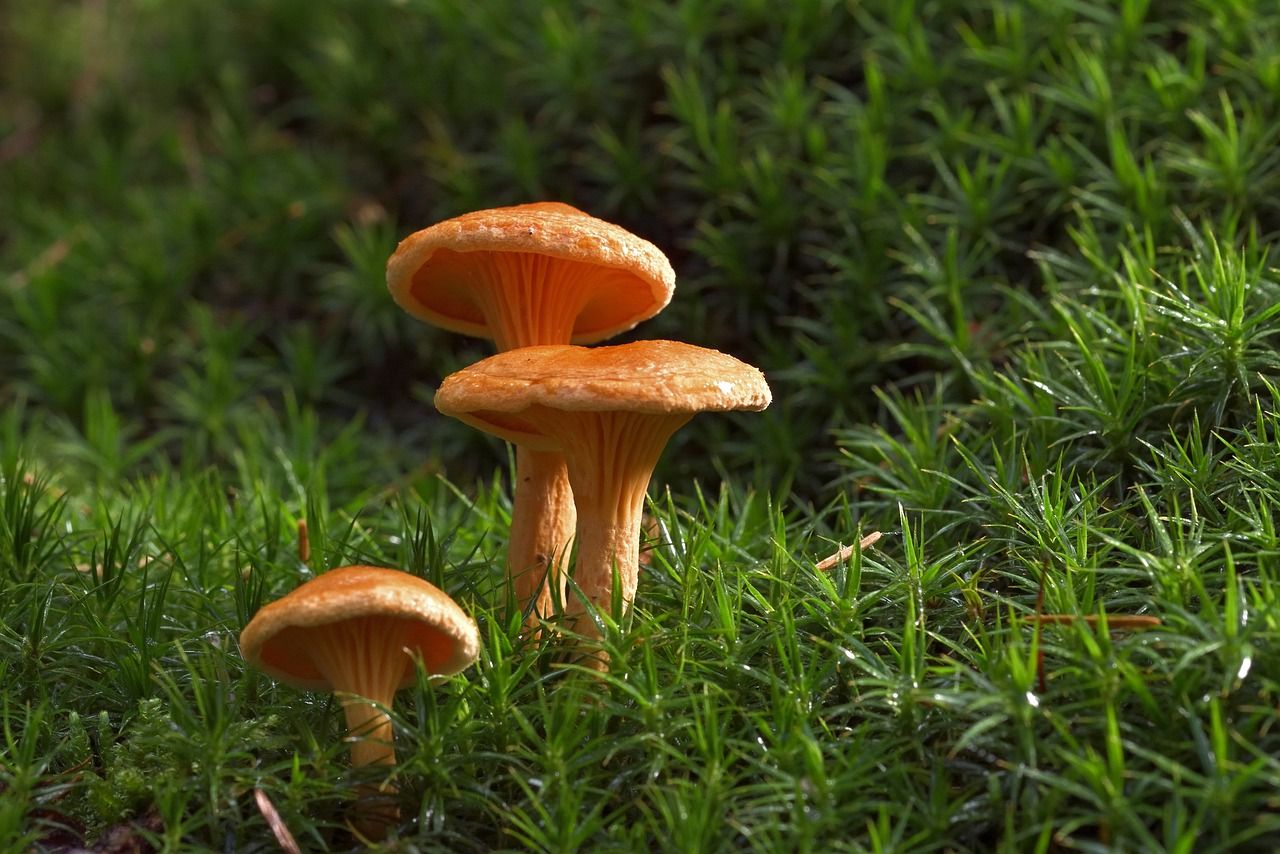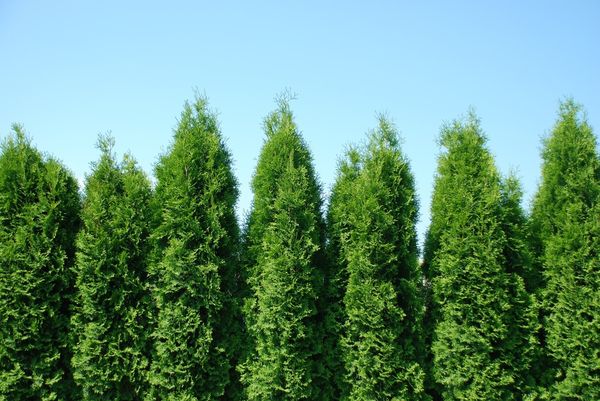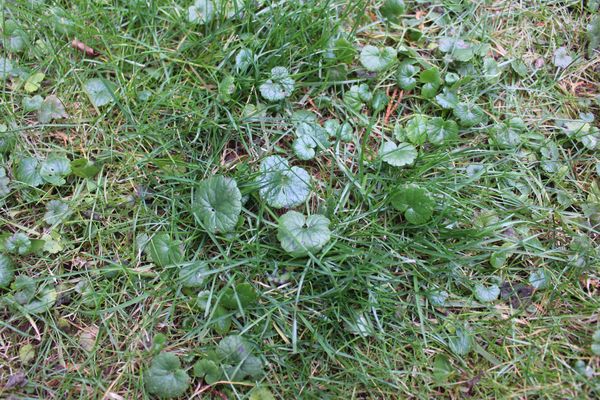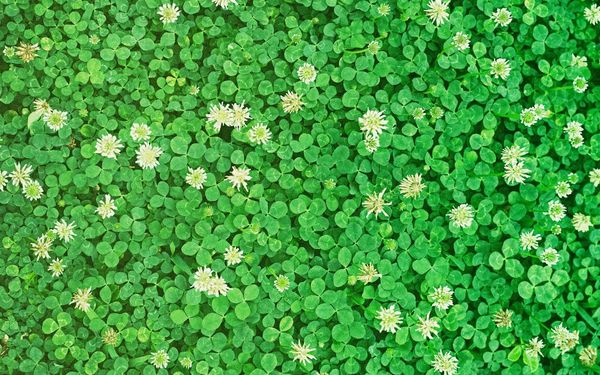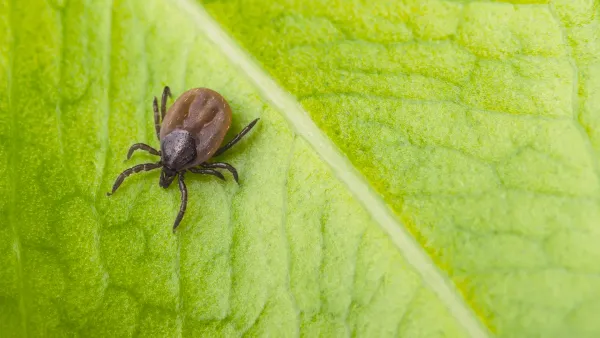Without a doubt, mushrooms are a delicious delicacy. They give every vegetarian dish a warm, savory, and umami flavor. Not all types of mushrooms, meanwhile, are suitable for human consumption. Some are lethal when consumed, and some are even toxic.
You may be interested in learning whether orange-hued mushrooms in your yard are safe or dangerous to humans or animals. It's essential to know which mushrooms are safe to consume and which should be avoided while around pets or small children.
Find out whether they are suitable for ingestion by reading on.
What Causes Mushrooms To Grow In Backyards?
The appropriate circumstances may cause mushrooms, fungi that live under the earth, to emerge overnight. This development often occurs quickly during warm, humid conditions. Indicators of an abundance of organic matter in the soil include the emergence of mushrooms.
The rain may have encouraged them to appear in numerous locations across the yard, including on trees and beneath plants. The following subsections outline the potential causes of orange mushrooms in your yard.
Mushroom Ecology
A fungus that lives under the earth produces mushrooms. Its ability to respond to the yard's environmental factors determines its presence.
Fungi may manifest and spread in various ways during their life cycle, depending on the different parts of the fungus. Spores, mycelium, sporocarps, and sclerotium are some of them.
Diverse habitats, site characteristics, and living things in a particular area are related to mushrooms in various ways. They naturally occur on bushes, tree logs, deserts, open plains, and barks. It seems sense that you would have them in your yard given the variety of conditions that have an impact on their survival and development.
It's also interesting to consider why they naturally arise in specific settings. Their existence is closely related to the following factors:
- Temperature
- Humidity
- Soil conditions
- Season
- Rainfall
However, unless the circumstances are right, this fungus will never generate fruiting bodies, which create spores for more growth. The temperature and moisture levels must be suitable for the mushrooms to grow. Most mushrooms grow naturally after rain. However, others only sprout during the winter months.
How Do Mushrooms Spread
When a mushroom reaches maturity, the spores in its cap are released. The cap will enlarge as it matures, allowing the spores to spread. These spores spread extensively by wind and can only grow when organic stuff is warm and moist.
Orange mushrooms generally flourish on lawns with organic materials and dying trees. They prove that the soil is healthy by just being in the yard.
I advise getting rid of their primary source to get rid of them. That is, removing the hidden wood in the soil or digging up the rotting wood in the yard. But after the ground dries or the light comes out, they may vanish on their own.
How to Recognize Orange Mushrooms in Lawns or Yards
Mushrooms come in a variety of varieties that are worth learning about. However, the three kinds of orange-colored mushrooms that are the subject of this article's main discussion are those that often grow on lawns or backyards.
Let me start by cautioning about these attractive-looking fungi: they are very hazardous due to illusions.
Jack-o'-lantern mushroom
The Jack-o'-lantern species of mushrooms are the most prevalent orange-hued kind that may be found in most people's yards.
ScienceDirect says colluding are hazardous substances that induce vomiting, respiratory problems, excessive salivation, diarrhea, and severe cramps.
Usually, these signs and symptoms show up 30 minutes after consuming these mushrooms. It should go without saying that humans nor animals should not consume this mushroom in any quantity due to the terrible consequences.
The environment determines which of two shapes this mushroom takes. It could appear as a brilliant orange color or in orange and olive tones.
Jack-o-lantern mushrooms often grow in groups on dead trees, buried timber, and stumps.
Because of their color, many people mistake them for the edible fungus species chanterelle and eat them. The only signs that point to the contrary are those mentioned above.
Orange Peel Fungus
In North America, the orange peel fungus is widespread in summer and autumn.
These mushrooms lack a recognizable cap and have a brilliant orange cup-shaped body from the roots up.
While some may be flat on the ground, others might grow up to 5 cm. Orange peel fungus, in contrast to jack-o-lantern mushrooms, may be eaten. However, since they lack a robust flavor or taste, they are less well-known than other edible fungus.
Orange peel fungus often develops in groups on the ground, in the grass, near the boundaries of wooded areas, and beside dead trees.
Sulphur Shelf Mushroom
The sulfur shelf mushroom, sometimes known as the chicken of the woods, is simple to see.
They appear in either bright yellow or orange, two different hues. They have a peculiar structure that resembles a shelf and are meaty.
Sulfur shelf mushrooms are mostly found on dead, giant oak trees. These mushrooms may be recognized by their shelf-like shape and vivid orange/yellow hue. However, other elements also matter.
On the lowest section, their semicircular crowns are coated with tiny pores. The tops of the caps are relatively smooth. The meaty cap has a depth of 20 cm and a maximum width of 30 cm.
When these Sulphur Shelf mushrooms mature, their vibrant orange hue usually fades and becomes drab white.
Like orange peel fungus, the sulfur shelf mushroom is nutrient-rich and delicious. When cooked, they have a chicken flavor. However, I do not advise eating them uncooked since some individuals may have severe allergic responses.
These mushrooms may grow on various trees, although they often thrive on hardwoods like oak, cherry, and maple. Eucalyptus, locust, and fir trees are among them.
Any Sulphur Shelf mushrooms growing on Locust, Eucalyptus, Cedar, or Conifer trees should not be consumed. These kinds of plants will produce toxic mushrooms for both people and animals.
Are Orange Fungi Toxic for Eating?
Orange-colored mushrooms may be deadly if consumed raw or cooked, including the Jack-o'-lantern mushroom. There are more edible variants. The challenge, however, is finding them.
Regardless of the color of the mushrooms, I have some essential advice that will assist. Nevertheless, I advise going mushroom hunting with just a professional.
- Only if you are an expert mushroom forager should you search for them alone.
- Join a local mycology group to learn more about other mushroom species, not only those that are orange.
- Purchase a mushroom hunting guide appropriate for the region you reside in.
- Avoid insect-infested mushrooms that smell foul or have decomposing meat in them. These mushrooms have reached adulthood.
Methods for Eliminating Orange Mushrooms
The fungus may be removed using various time-tested techniques, including handpicking and fungicide application. Here are five tried-and-true ways for homeowners to eliminate mushrooms in their gardens or yard.
Fungicide
Utilizing a fungicide to treat the yard is the most efficient method. In this manner, the primary source of these mushrooms is eliminated.
The market offers a wide variety of fungicides appropriate for gardens. Regardless of the one a homeowner chooses to purchase, follow the manufacturer's directions for optimal results properly.
Transfer the mixture to a bottle sprayer after mixing according to the manufacturer's instructions, and then spray the yard repeatedly.
Vinegar
A DIY fungicide prepared by combining vinegar and water is a powerful tool for removing mushrooms.
Add 1:4 parts vinegar to water in a spray container or as a professional or vinegar manufacturer advises.
This DIY fungicide solution might also kill the yard's grass and plants. Consequently, you should use it cautiously. It should simply touch the mushrooms, that is all.
Baking Soda
I advise using baking soda if you want a more natural solution to eliminate the mushrooms you notice growing in the yard. If used as directed, it may eliminate all fungus in less than three days.
Baking soda will make the environment unfavorable for mushrooms to grow, but it won't kill them. When used in the yard, this organic fungicide raises the alkaline content of the soil, preventing the development of mushrooms.
I advise using a gallon of water with one spoonful of baking soda.
Dish Soap
Dish soap use takes a while, but I can guarantee the work is well worth it. The soapy solution may be made as follows:
- Add three teaspoons of dish soap to a container with two or three liters of water.
- Stir to ensure thorough mixing.
- Now, dig holes in the yard using whatever tool you can find.
- Next, apply this soapy solution to the visible mushrooms inside these holes.
- Repeat this method numerous times for the best results.
Remove by Hand
It is sometimes impossible to destroy mushrooms using the four listed techniques since they may grow adjacent to plants and grass. In this situation, I advise taking them out by hand.
However, please put on your gloves and remove them straight from the roots. Instead of placing them on your compost heap, please place them in a tight container and a regular rubbish bin afterward. In this manner, the yard's spores won't continue to spread.
Conclusion
The diverse world of mushrooms, specifically the eye-catching yellowish-orange fungi found in your yard, offers a blend of both wonder and caution. Among these, the bell-shaped Chanterelle mushrooms stand out as a popular edible mushroom, favored for their unique flavor and texture. However, caution is paramount, as they have similar species that are not safe for consumption. The key to differentiating between the edible Chanterelles and their toxic counterparts lies in details like the spore print, which should be white for safe varieties. Additionally, while some mushrooms thrive on decaying wood and leaf litter, others coexist harmoniously with other plants, highlighting the ecological diversity of these fungi.
Understanding the characteristics of various mushrooms, such as true gills and color variations, is crucial for anyone exploring the woods mushroom scene. For instance, the mcup fungi, another group of mushrooms found in similar habitats, display a unique growth pattern and structure. Identifying these subtle differences is essential, especially for foragers and nature enthusiasts. It's important to remember that while some mushrooms in your yard may seem harmless, they can pose risks if misidentified. Therefore, consulting a mycologist or utilizing reliable identification guides is recommended for anyone interested in foraging or learning more about these fascinating organisms.

